What is a solar string light
A solar string light is a linear assembly of LED light bulbs that are used to create visibility or impressive lighting displays for events and facilities of all types. String lights are a versatile, weather hardened option for outdoor activity or entertainment lighting. They are mounted to the home exterior, rear patio, patio cover, garden, deck, pool, or in or on pergola or ramada open structures as well as to support poles in the yard. Patio lighting using string lights is a great way to create a cheerful atmosphere for holiday gatherings, get-togethers, or festivals. These lights typically serve both utilitarian and decorative purposes in that they create the right ambience, provide a decorative accent and set the perfect mood for engaging conversations and lasting memories.
Light bulbs
Solar string lights for outdoor ambient lighting are typically designed with E26/ E27 inline sockets that can accommodate bulbs in various shapes and sizes. These bulbs include but not limited to GLS (general lighting service) bulbs (A15, A17, A19), ST (straight-tipped shape) bulbs (ST15, ST18, ST19, ST20), G (globe shape) bulbs (G14, G16, G16.5, G19, G25, G30, G40), and T (tubular shape) bulbs (T10, T14, T19, T20). The light bulbs use SMD LEDs or LED filaments as the light source. Vintage-style bulbs that arrange the LED filaments into tidy columns or twist the filaments into decorative helices replicate antique the glow of classic incandescent lamps. These LED bulbs are gaining increasing popularity for their artistic appearance as well as high energy efficiency.
The photovoltaic system
Solar string lights run on a low voltage, direct current system. The light string is connected to a solar electric system which typically includes a solar panel, charge controller, and a battery bank. The solar panel is made of either monocrystalline or polycrystalline solar cells. Monocrystalline photovoltaic modules are more efficient than polycrystalline modules but cost more to produce. DC power generated by the solar array is used to charge the lithium-ion (Li-ion) battery via the charge controller connected between the solar panels and the battery bank. The charge controller monitors the charge in and out of the battery to protect the battery from overcharges and overdischarges. Lithium-ion batteries have many advantages, such as high energy density, high capacity, fast charging rate, charging time, low self-discharge rate, low memory effect, long life span, high and stable voltage profile, and relatively good lifetime when deep-cycled. However, Li-batteries are less tolerant to electrical abuse and overtemperature conditions and must use a battery management system (BMS) to monitor the state of a battery, and thus ensuring safety. In addition to solar power, the battery may be recharged through a USB charging port.
Outdoor installation and protection
The entire light string is protected to a high IP rating for resistance to the ingress of dust, dirt and low-pressure water jets. The heavy-duty wire and sockets are UV resistant. The sockets are designed to create a waterproof seal around bulb bases. Solar string lights must be supported by steel guide cables or other supporting hardware such as S-hooks, screen hooks, or zip ties when there’re long span distances (e.g., 24 feet or more).



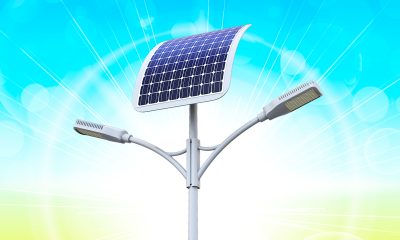
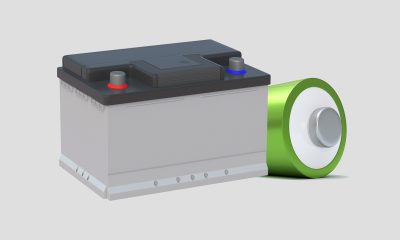
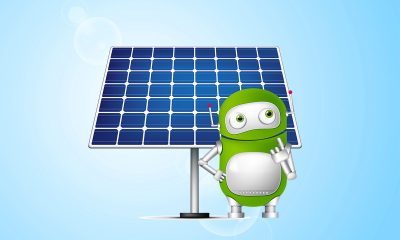
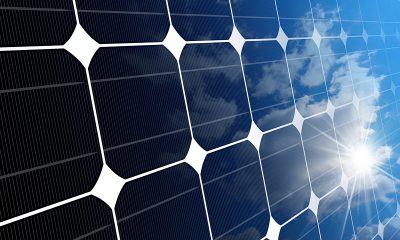
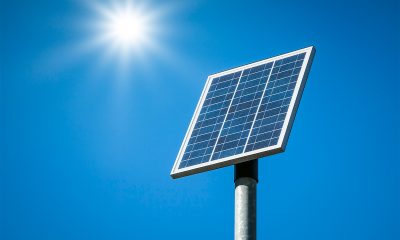
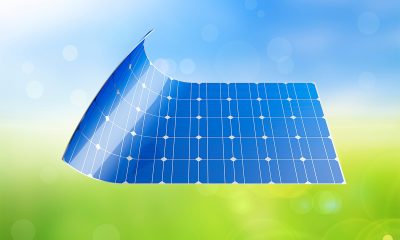
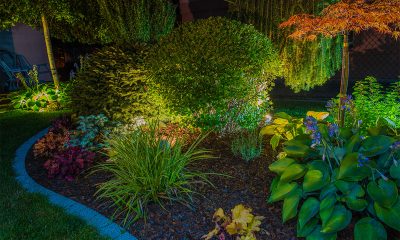
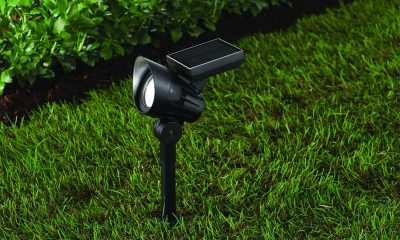
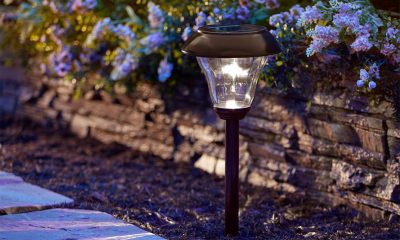
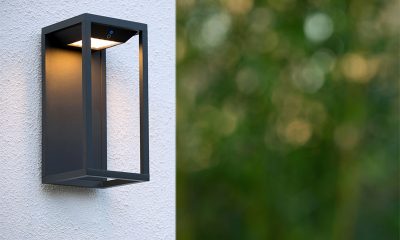
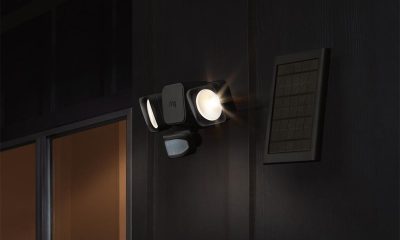





Loading...